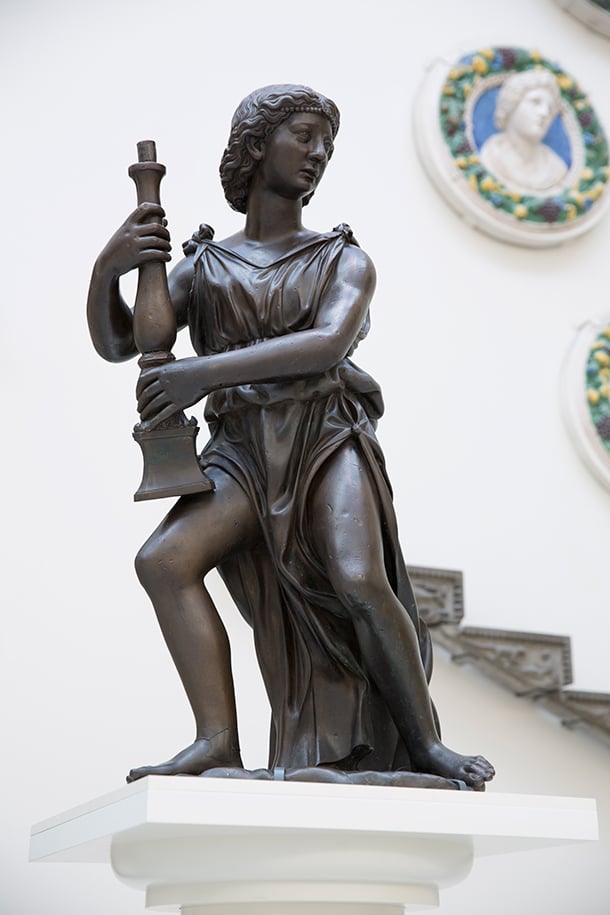Art & Exhibitions
Wolsey Angels to Stay in UK Thanks to Victoria and Albert Museum Campaign


Sarah Cascone

Yesterday, London’s Victoria & Albert Museum completed a £2.5 million ($3.8 million) national campaign to purchase the Wolsey Angels, four 16th-century statues by Benedetto da Rovezzano.
An adviser to Henry VIII, the powerful Cardinal Thomas Wolsey commissioned the sculptures from the Italian artist in 1524 to decorate his tomb, but fell from power soon after when the pope would not annul the king’s marriage. The angels were later earmarked for Henry VIII’s tomb, a project that was never finished. Pinpointing the exact location and ownership of the angels after the 1640s has proven difficult since they were sold to raise funds for the Civil War.
Two angels reappeared at auction in 1994, while the others were discovered at a country house in 2008. Now, reunited at the V&A, the statues will be purchased thanks to major contributions from the National Heritage Memorial Fund, the Art Fund, and the Friends of the V&A, as well as the proceeds from the sale of “Save the Wolsey Angels” badges.
The campaign received increased visibility thanks to Wolsey’s prominent role in the new BBC series Wolf Hall, an adaptation of Hilary Mantel’s Booker Prize-wining 2009 novel of the same name, the first volume in a historical fiction trilogy about Thomas Cromwell’s rise to power under Henry VIII. In a statement, the author called the successful efforts to save the angels “one of those miracles that historians pray for; something that seems irrevocably lost has been there all the time.”
Other UK campaigns to purchase nationally significant artworks, such as a Van Dyck portrait and the Wedgwood Collection, have been successful in recent months (see Van Dyck Self Portrait Bought by London’s National Portrait Gallery Thanks to Public Appeal and £2.7 Million Needed to Save Wedgwood Collection). Last week, the country issued an export ban on a recently rediscovered painting by the French painter Claude Lorrain in the hopes that the government or a local institution would be able to raise the money to buy it before May 1 (see Claude Lorrain Painting Banned from Leaving UK).